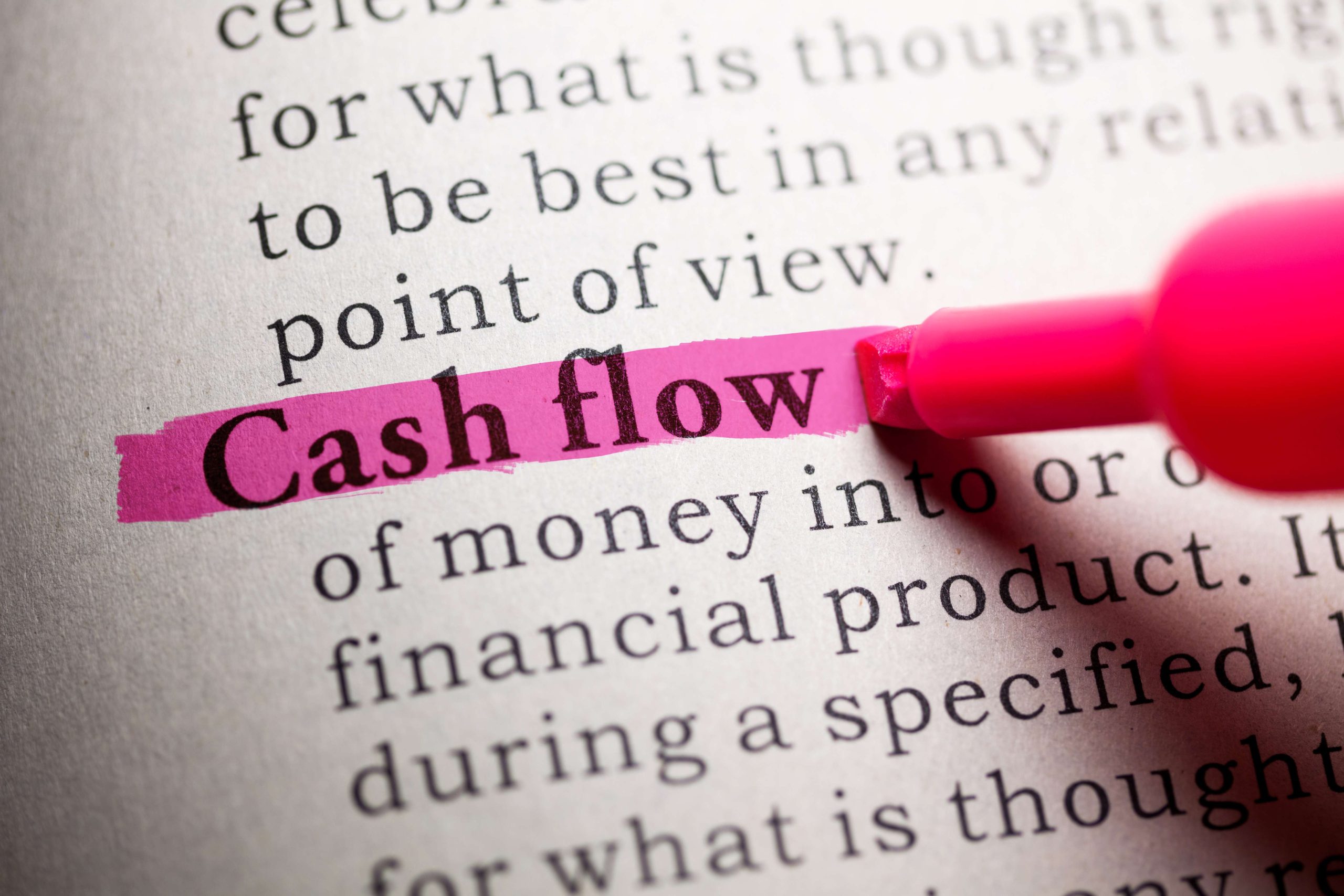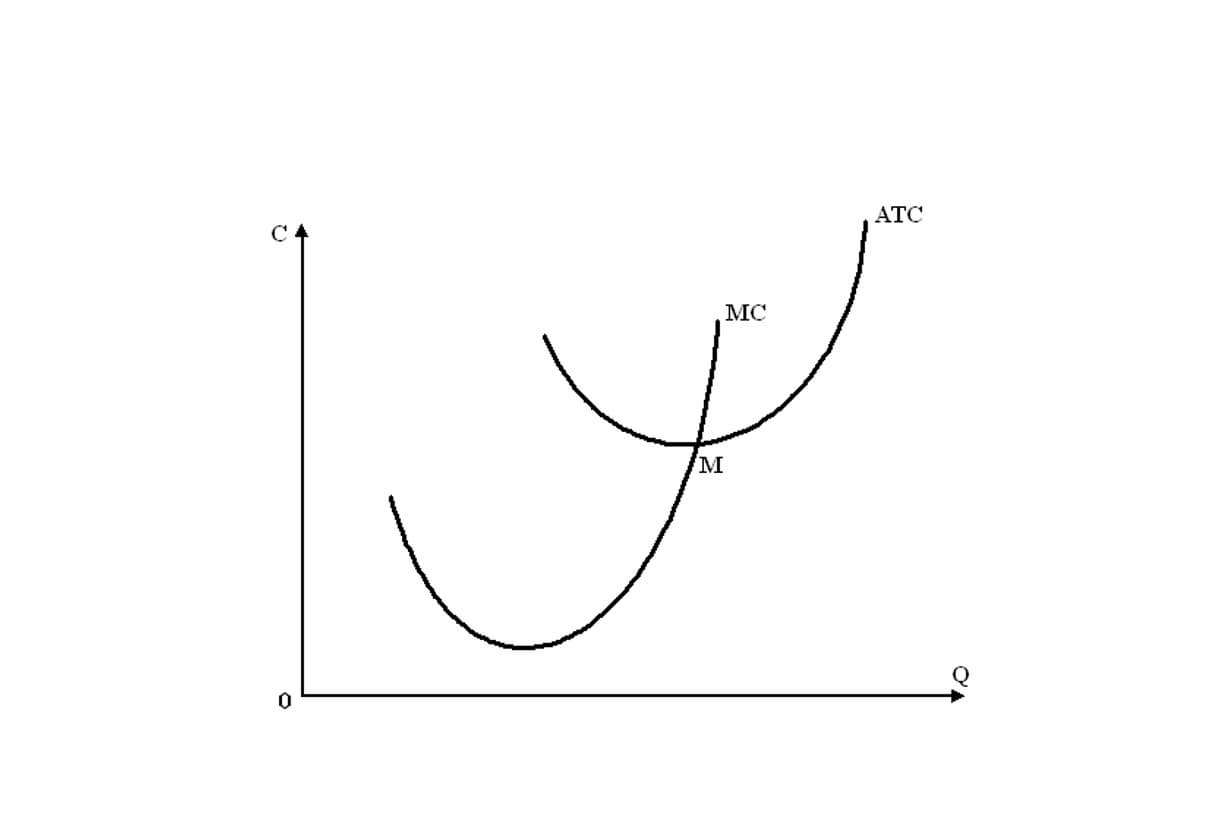
The time value of money is the idea that cash will be worth more in the future than it is worth today, due to the amount of interest that it can generate. This is another reason that a shorter payback period makes for a more attractive investment. The payback period is calculated by dividing the cost of the investment by the annual cash flow until the cumulative cash flow is positive, which is the payback year. Since the concept helps compute payback period with the breakeven point, the investor can easily plan their financial strategies further and make more decisions regarding the next step.

CAPITAL CITY TRAINING LTD
After almost a decade of experience in public accounting, he created MyAccountingCourse.com to help people learn accounting & finance, pass the CPA exam, and start their career. ✝ To check the rates and terms you may qualify for, SoFi conducts a soft credit pull that will not affect your credit score. However, if you choose a product and continue your application, we will request your full credit report from one or more consumer reporting agencies, which is considered a hard credit pull and may affect your credit. In case the sum does not match, then the period in which it lies should be identified.
Understanding the Payback Period
- If we divide $1 million by $250,000, we arrive at a payback period of four years for this investment.
- The time value of money is the idea that cash will be worth more in the future than it is worth today, due to the amount of interest that it can generate.
- This 20% represents the rate of return the project or investment gives every year.
- The payback period is a metric in the field of finance that helps in assessing the time requirement for recovering the initial investment made in a project.
- It is important for players in the financial market to understand them clearly so that they can be used appropriately as and when required and get the benefit of it to the maximum possible extent.
Average cash flows represent the money going into and out of the investment. Inflows are any items that go into the investment, such as deposits, dividends, or earnings. Cash outflows include any fees or charges that are subtracted Accounting For Architects from the balance. The payback period is the amount of time it takes to recover the cost of an investment. Simply put, it is the length of time an investment reaches a breakeven point.
- Each company will internally have its own set of standards for the timing criteria related to accepting (or declining) a project, but the industry that the company operates within also plays a critical role.
- As a general rule of thumb, the shorter the payback period, the more attractive the investment, and the better off the company would be.
- A projected break-even time in years is not relevant if the after-tax cash flow estimates don’t materialize.
- In most cases, a longer payback period also means a less lucrative investment as well.
- But what if the machine for Jimmy’s Jackets will no longer be profitable past 3 years?
- The payback period is the amount of time it takes to recover the cost of an investment.
Pros and Cons of Using Payback Period
- Whether you’re new to investing or already have a portfolio started, there are many tools available to help you be successful.
- That’s why a shorter payback period is always preferred over a longer one.
- Thus, the above are some benefits and limitations of the concept of payback period in excel.
- Speaking of company investment, investing in a reliable HR tool gives you a competitive edge by aligning offers with market trends.
- The discounted payback period is often used to better account for some of the shortcomings, such as using the present value of future cash flows.
- Depreciation is a non-cash expense and therefore has been ignored while calculating the payback period of the project.
Use Excel’s present value formula to calculate the present value of cash flows. The payback method should not be used as the sole criterion for approval of a capital investment. In short, a variety of considerations should be discussed when purchasing an asset, and especially when the investment is a substantial one. The payback method, on the other hand, is a rule that favors projects with shorter payback periods, focusing on quicker recovery of the initial investment. It is commonly used to evaluate capital investments in companies, especially when liquidity and project risk are important, or when profit alone is the payback equation main factor.

Use Excel to Make Informed Investment Decisions
- Management will set an acceptable payback period for individual investments based on whether the management is risk averse or risk taking.
- The payback method, on the other hand, is a rule that favors projects with shorter payback periods, focusing on quicker recovery of the initial investment.
- Consider a company that is deciding on whether to buy a new machine.
- Therefore, the payback period for this project is 5 years, which means that it will take 5 years to recover the initial $100,000 investment from the annual cash inflows of $20,000.
- Companies use it to evaluate the speed at which projects or investments generate returns.
- As such, it should not be used alone as an investment appraisal technique – other methods should be used such as ROI, NPV or IRR.
The payback period can help investors decide between different investments that may have a lot of similarities, as they’ll often want to choose the one that will pay back in the shortest amount of time. The payback period is the amount of time it will take to recoup the initial cost of an investment, or to reach its break-even point. In summary, the payback period and its variant, the discounted payback period, serve as useful initial screenings for investment projects, focusing on liquidity trial balance risk. Despite the simplicity and ease of use, considering other metrics like NPV and IRR is imperative to encompassing a project’s true financial impact and ensuring a balanced investment decision-making process.
Payback Period: Formula and Calculation Examples

The table is structured the same as the previous example, however, the cash flows are discounted to account for the time value of money. Jim estimates that the new buffing wheel will save 10 labor hours a week. Thus, at $250 a week, the buffer will have generated enough income (cash savings) to pay for itself in 40 weeks. The payback period doesn’t take into consideration other ways an investment might bring value, such as partnerships or brand awareness. This can result in investors overlooking the long-term benefits of the investment since they’re too focused on short-term ROI. Others like to use it as an additional point of reference in a capital budgeting decision framework.

Payback Period Example
If the payback period of a project is shorter than or equal to the management’s maximum desired payback period, the project is accepted, otherwise rejected. For example, if a company wants to recoup the cost of a machine within 5 years of purchase, the maximum desired payback period of the company would be 5 years. The purchase of machine would be desirable if it promises a payback period of 5 years or less. However, a shorter payback period doesn’t necessarily mean an investment will generate a high return or that it is risk-free.
